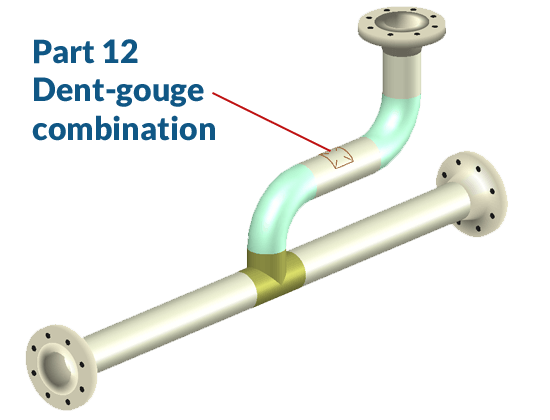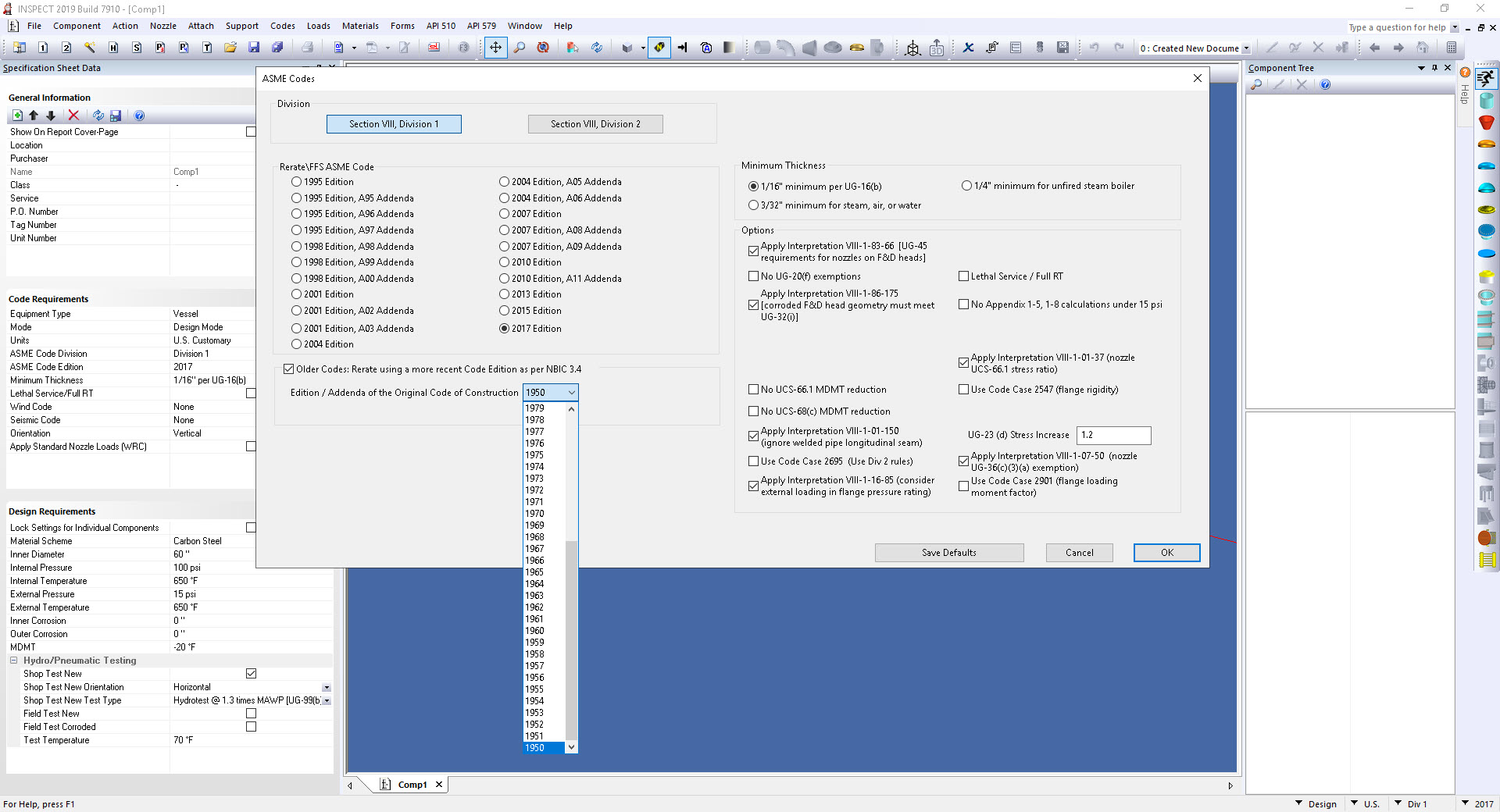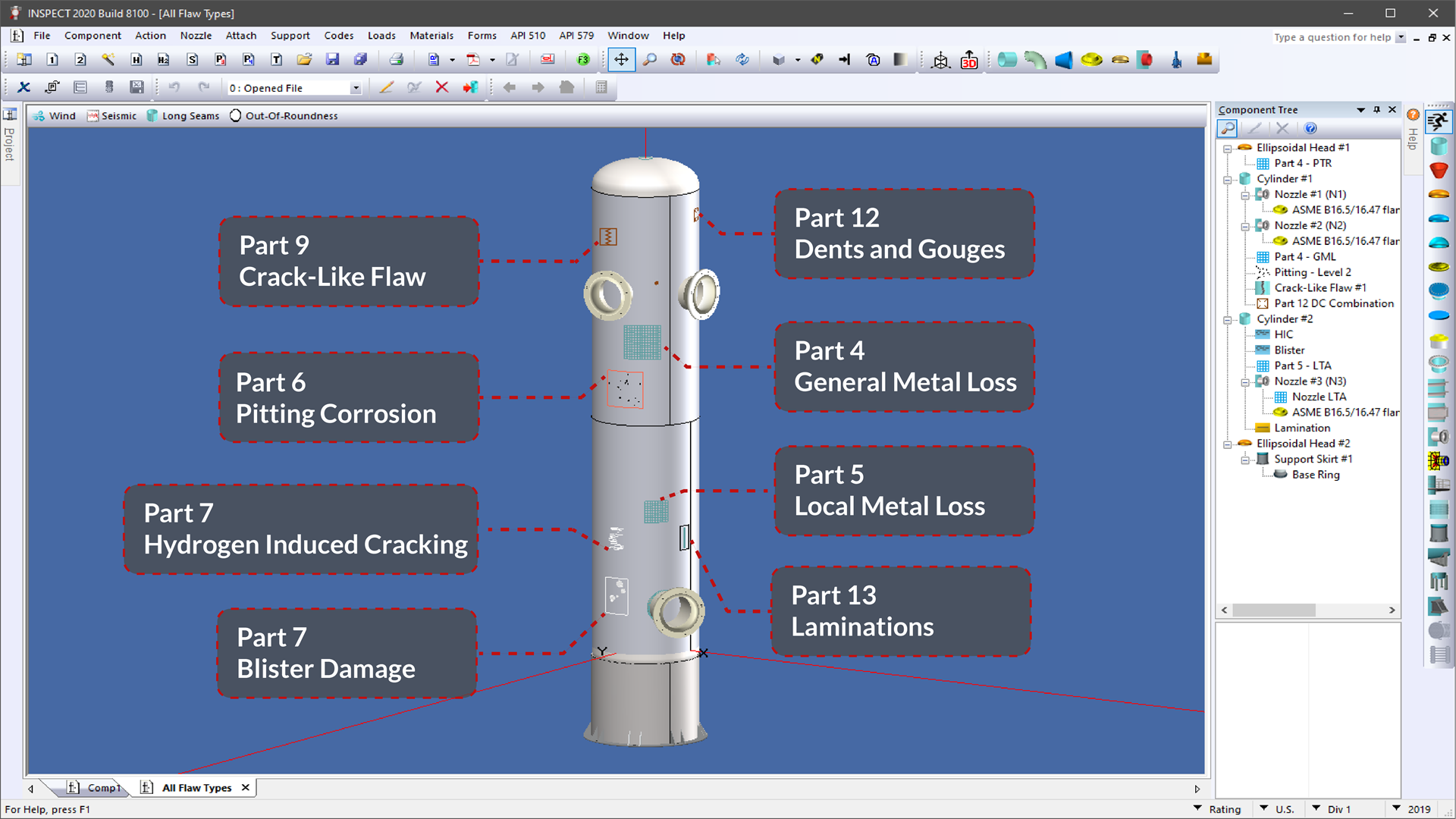RAGAGEP and ASME Pressure Equipment
On May 11, 2016 OSHA issued a standard interpretation on the topic of RAGAGEP and its proper application per OSHA 1910.119. For the case of ASME vessels and exchangers, it instructs the employer to identify and use the applicable consensus standards when preparing documentation to show compliance with the Process Safety Management (PSM) standard. Because the ASME Code is a new construction document and PSM addresses post construction use, additional specific standards apply including API 510 (vessels), API 570 (piping), API STD 653 (tanks) and API 579-1/ASME FFS-1.
Note that the API documents listed above refer back to the original Code of construction (ASME VIII-1, VIII-2, B31.3, B31.4, TEMA). RAGAGEP specifies the use of the most recent API documents as they are regularly updated to reflect newly acquired information regarding damage mechanisms, operating experience and inspection technologies.



